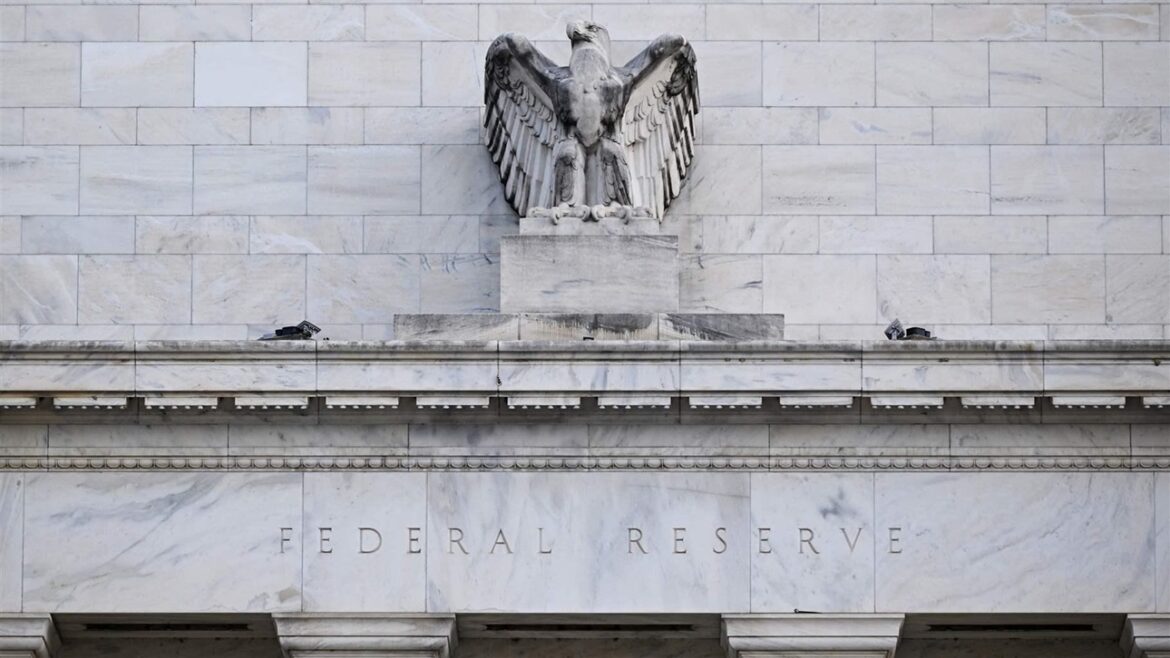By GARRY RAYNO, InDepthNH.org
CONCORD — The Federal Reserve’s decision to cut interest rates by half a point is expected to gradually benefit state and local budgets as the cost of borrowing money goes down.
The Federal Reserve has maintained interest rates at a 23-year high for over a year in order to lower inflation.
According to a report by Justin Theal, the senior officer with The Pew Charitable Trusts’ Fiscal 50 project, and Liz Farmer, an officer with the project, an interest rate reduction for the first time in four years sends a message.
“The Fed’s interest rate cut today represents a subtle shift, but one with real implications for state and local governments,” said Theal. “The benefits to states will unfold gradually, but the potential for lower borrowing costs, increased housing affordability, and slowing the pace of revenue declines is significant.”
But for states like New Hampshire who have earned millions of dollars in interest from federal COVID relief and recovery funds that have been stockpiled waiting to be spent and recent revenue surpluses, the lower interest rates will reduce that revenue stream back to more normal earnings for cash reserves.
For the past few months, the revenues generated from interest has prevented monthly revenue deficits over what budget writers predicted when they crafted the state’s biennial budget in the spring of 2023.
For the 2023 fiscal year, the state earned $95 million form interest payments, which is three times what budget writers projected the state would receive.
While there is a decline in interest payments, the authors note, the lower cost of borrowing, the boost to the economy and more affordable mortgage rates should offset the lower revenues.
The interest rate cut announced Wednesday afternoon was not a surprise as Federal Reserve Chairman Jerome Powell signaled a change in direction at the reserve’s August meeting in Jackson Hole, noting the pace will depend on the data, but the direction is clear.
Theal and Farmer note the most immediate impact will be lowering the cost of borrowing for state local governments’ capital projects such as infrastructure and long term investments.
State budget officials have said the higher rates have discouraged borrowing for projects as many states turned to historically high general funds and cash balances to pay for capital projects.
With lower rates and depleted cash reserves, states and municipalities are more likely to borrow in the future according to the report.
Theal and Farmer said lower borrowing costs should also affect the housing market. Buying a home should be more affordable as interest rates decline, which can have a significant impact on state budgets by reducing the demand for state-funded housing assistance.
The saved revenue could free up resources for other pressing needs such as education, health care or infrastructure, the authors note.
Over the long term, rate cuts could boost economic activity which has slowed recently, the report notes, and with increased consumer spending and business investments states should see the benefits through greater sales and corporate tax returns, according to the report.
“Maybe that’s the biggest positive effect is if people in general are encouraged to take risks and feel secure in doing so because interest rates are a little bit lower,” said Municipal Market Analytics analyst Matt Fabian in an interview with Pew. “That could be, overall, a good thing for the states.”
The potential increase in tax revenue could offset the declining revenues many states including New Hampshire are experiencing over the last six months or so, coupled with the ending of federal stimulus money from the economic slowdown brought on by the pandemic.
Theal and Farmer also note the stock market typically performs well with lower interest rates, which could boost state income, interest and dividends, and capital gains taxes.
New Hampshire does not have an income or capital gains tax, and lawmakers decided to do away with the interest and dividends at the end of this calendar year.
Last fiscal year, the interest and dividends tax produced $184 million in revenue for the state.
Lowering interest rates should also boost public pension funds, the authors note as more and more retirement systems rely on equities which benefit from a stronger stock market, which in turn reduces the amount of money the state and local governments have to contribute to the system in the long run, the report notes.
Theal and Farmer said state and local governments could benefit over the next several years by lowering borrowing costs and potential revenue boosts through greater economic activity and a stronger stock market.
Although the reduction in interest income from rainy day funds and budget reserves could pose a challenge, the authors said, the broader fiscal advantages of a lower-interest-rate environment are likely to outweigh those concerns.
“By proactively adapting their strategies,” Theal said, “state and local leaders can maximize these benefits and continue to support their communities effectively in the evolving economic landscape.”
Garry Rayno may be reached at garry.rayno@yahoo.com.





